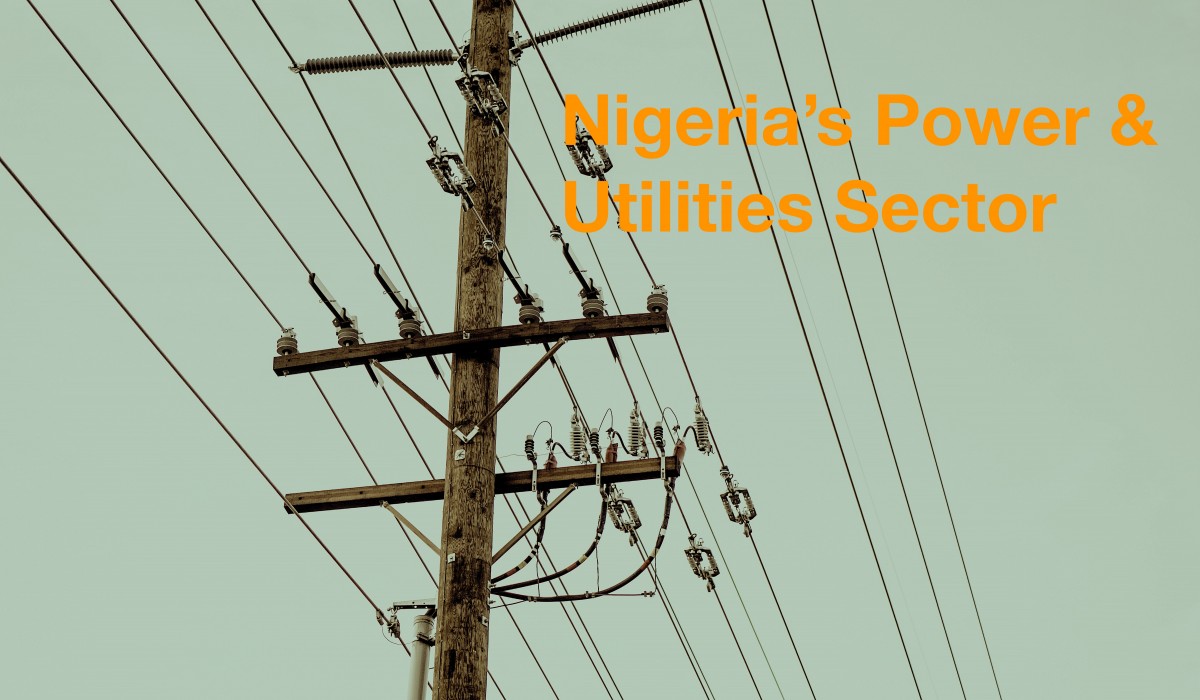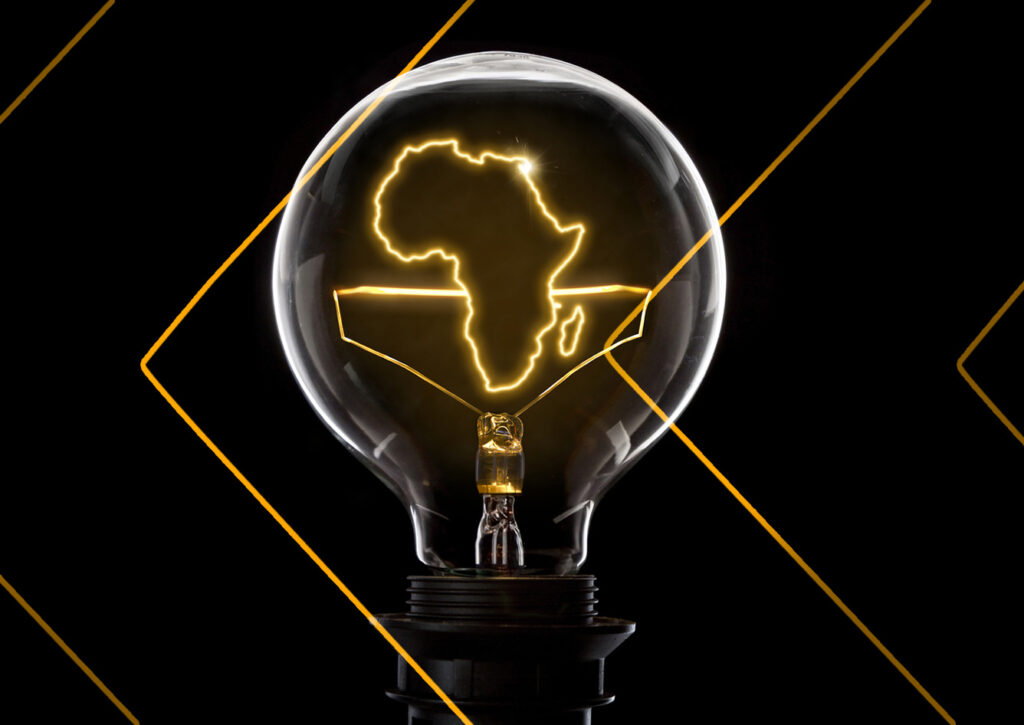As Nigeria’s emerging market continues to grow, more opportunities in the country’s various industries are presenting themselves. As a multinational entity looking to enter the Nigerian market, and the power and utilities sector specifically, it is imperative that you understand the full scope of the industry as it currently operates in Nigeria.
This article will present an overview of the power and utilities sector by highlighting the challenges firms conducting business in Nigeria face, as well as how to overcome said challenges in an effort to adapt your company’s products and pricing to successfully compete in the Nigerian market as a new entrant.
Overview and Market Players
One of the main challenges of conducting business in Nigeria is the lack of consistent electricity. This major infrastructural issue has stifled business growth in the region over the years by significantly reducing both the productivity and efficiency of business operations. Furthermore, the major market players in the power and utilities sector have yet to fully resolve this issue.
The Electric Power Sector Reform (EPSR) Act, which enabled private companies to operate the country’s electricity generation, transmission, and distribution, was signed into law in March 2005. As it currently stands, the key players in the electricity value chain for grid-connected power include bulk traders, Distribution Companies (discos), Generating Companies (gencos), existing and new Independent Power Producers (IPPs), and the end consumer.
The way the power and utilities ecosystem operates is that the gencos generate the power, which is then distributed by the discos to the end consumer. The consumer then pays the discos directly for the electricity supplied and, in turn, the discos pay the gencos.
When the revenue collected by the discos is not sufficient to cover its operating cost, leaving sufficient revenue to send back to the gencos, it leads to a situation where both gencos and discos are hardly making revenue to stay competitive. With the flow of electricity and money between each market player, the operational aspect, and supply chain of the ecosystem is not only inefficient, it also contains misaligned incentives for each market player in this sector. This is one of the main reasons why there is still an enormous power gap in Nigeria.
Power Gap
You can easily understand how serious power issues are in Nigeria by looking at the large power generation gap in the country. Currently, Nigeria has an installed power generating capacity of 12,522 Megawatts (MW) and is operating at a capacity of only 3,879 MW. With that said, it is estimated that Nigeria’s electricity demand is between 98,000 to 160,000MW when you take into account Nigeria’s population and the average consumption level of comparable countries.
Apart from the large generation gap, there are other issues present that have led to the low electricity access rate of 45 percent for Nigerians. These issues include inadequate metering of end users, power theft, inappropriate market pricing, poor transmission infrastructure, insufficient revenue collection, and slowly-paced extension of current grid networks.
Supply Diversification
These power and utilities issues have added to the growing need to explore other solutions, particularly off-grid models that complement the current power generation and distribution infrastructure. Currently, there are two main types of power generation plants in Nigeria, which are hydro-electric and thermal/fossil fuel power plants. These sources contribute to almost all of the electricity generated that is put on the national grid. In fact, thermal-based generation, mostly gas-powered, accounts for approximately 80% of power generation in the country.
Solar energy, as an off-grid source of energy, is being adopted across the country to help fill the power gaps from the grid. New pricing models are also being adopted to combat the initial capital cost of installing solar systems for businesses and households.
Other efforts to diversify the energy sources within the country include the introduction of nuclear power with the building of Nigeria’s first nuclear power plant, which has the capacity to generate approximately 1,200 megawatts of electricity. According to the Nigeria Atomic Energy Commission, the power plant will be capable of serving commercial interests by mid-2020.
The agreement to commission the nuclear plant in 2020 comes on the heels of news that three or four more plants will be built within a five to ten year period after the first plant is completed.
These projects highlight the diversification in Nigeria’s power sector. A continuous diversification that trends with the increase in foreign investment in Sub-Saharan Africa’s power sector. Foreign investment into Sub-Saharan Africa’s power sector has reached an all-time high, spurred on by the United Nations’ goal to ensure modern energy access for all by 2030.
Although there has been an influx of foreign investments into efforts to increase Nigeria’s electrification access, particularly rural electrification, it is still questionable whether these foreign investments will bring sustainable growth to the industry. Due to the potential for foreign entities to receive quick economic returns in Nigeria’s large market, emphasis may not be placed on necessary investments, such as long-term skill development and domestic expertise, to spur long-term growth in this sector.
Conclusion
Nigeria has the largest population of any other country in Africa, yet the region still struggles with power issues, which stifles individual and corporate efficiency. However, by understanding the present challenges, aligning incentives for each market player, and identifying possible solutions, there is a huge opportunity for companies to both solve these problems and create significant value. In fact, having more companies lean into the already existing combination of on-grid and off-grid solutions will most likely lead to significant growth in Nigeria’s power and utilities industry.

